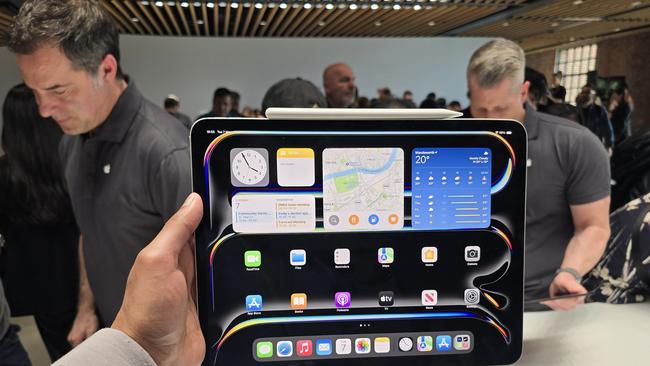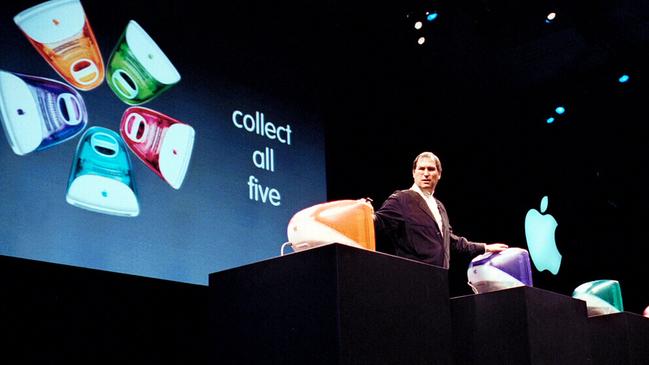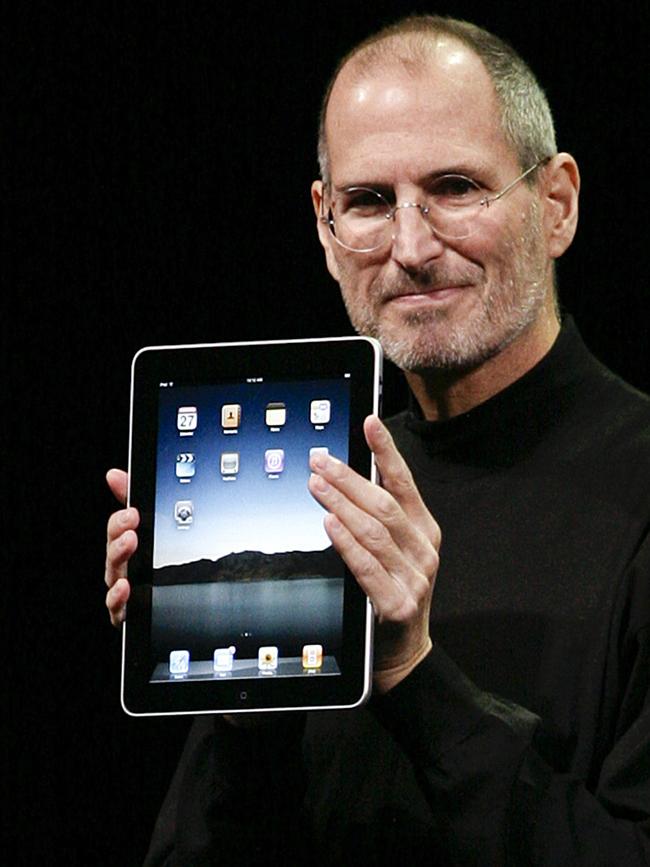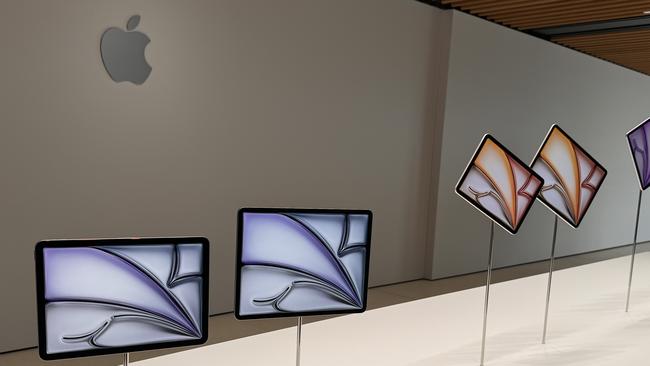Apple’s new iPad is a clumsy effort but not ‘destroying’ human experience
It’s absurd to say Apple is attempting to crush creativity. This is a company that makes devices that not only appeal to artists but also celebrates design. Crucially, it needs people – not bots – coming back for more.

Apple has attracted fierce criticism over its new iPad advertisement – being accused of attempting the “destruction of human experience” after it depicted musical instruments, sculptures, books, paint pots and cameras being crushed between two metal plates.
The advertisement was meant to highlight, according to Apple’s hardware boss John Ternus, how the tech giant was not only pushing the limits of what people can do on the new iPads but “crush them”, making it a one-stop shop for many artists.
Clumsy effort? Sure. Stroke of marketing genius? Maybe. After all, as Oscar Wilde said, the only thing worse than being talked about, is not being talked about – and plenty of tongues are wagging about Apple’s new iPad range.
Regardless, Apple has apologised, saying the clip “missed the mark”.
The advertisement could have been more deftly produced, particularly amid anxiety among some that artificial intelligence is akin to Terminator and – according to Elon Musk – is going to make human labour obsolete. Then there is distrust around big tech.
But it’s absurd to say Apple is attempting to crush creativity or the human experience. This is a company that lives and breathes on making devices that not only appeal to artists but also celebrate design – and why Apple apologised so quickly. In the 1990s, when all its rivals were cramming their hardware into boring beige boxes, Apple launched its colourful iMacs and iBooks.

Co-founder Steve Jobs accused rival Microsoft of having no taste in his products and its co-founder Bill Gates as being “unimaginative”. Jobs knew form was just as important as function, and so passionate was he about the principle that he made sure it flowed from the hardware cases to the typefaces on computer screens.
Not only that, after Jobs left Apple in the mid-1980s and before his triumphant return – which coincided with the colourful iMacs – he gave the world Pixar, funding its spin-off from Lucasfilm. The animation studio has achieved critical acclaim over the years for its movies that celebrate the human experience, not crush it.
Like in the late 1980s, early 1990s, some might argue Apple has lost its way without Jobs, who died 13 years ago. Its share price reveals otherwise, soaring more than 1700 per cent since Jobs’ death.

Unlike its competitors, Apple’s success or failure largely depends on hardware rather than software. If people don’t want to buy the next iPhone, iPad or MacBook, the company is toast. It needs people – not bots – coming back for more.
I was at Apple’s UK headquarters at the restored Battersea Power Station in London as a guest of Apple when Ternus unveiled the new iPad advertisement.
I didn’t share actor Hugh Grant or British singer-songwriter and producer Crispin Hunt’s view that Apple was destroying human creativity – also, I winced at seeing the piano splinter (thinking more about the waste than a more nefarious motive).
Maybe I didn’t think that Apple’s entire marketing team fired – as some have been calling for – because I was sitting beside a digital artist – who was also invited to Battersea for the product launch. She showed me some of her work on an iPad before Ternus took to the stage. Her artwork was breathtaking, and she explained to me how the iPad and Apple Pencil enabled her to get her ideas down quickly and fuel her inspiration.
When Ternus launched the new Pencil Pro moments later, she cheered, telling me later that the enhancements would further propel her creativity. I also spoke to another digital artist, originally from the Gulf of Carpentaria, who showed me her work produced on an iPad and Apple Pencil and was similarly upbeat.

The biggest thing that crushes the human experience is the outrage brigade and the constant swell of negativity. It seems there are plenty of people looking to express anger and division – operating on hair triggers – rather than kindness and empathy.
Ironically, it was Apple’s streaming service that showcased these positive traits when it commissioned three series of Ted Lasso, a comedy that celebrated boundless optimism and the importance of relationships and human connection.
On that score, the world could do with more companies willing to follow Apple’s lead. This is not to dismiss the ethical and trust concerns around big tech or AI. And like with any other big tech company, Apple has its share of issues that should be rightly questioned.
But the last thing Apple wants to do is alienate the likes of Grant and Crispin – they’re squarely in its target market – and vice-president of marketing communications Tor Myhren apologised at the weekend.
“Our goal is to always celebrate the myriad of ways users express themselves and bring their ideas to life through iPad. We missed the mark with this video, and we’re sorry. Creativity is in our DNA at Apple, and it’s incredibly important to us to design products that empower creatives all over the world.”
The author travelled to London as a guest of Apple.



